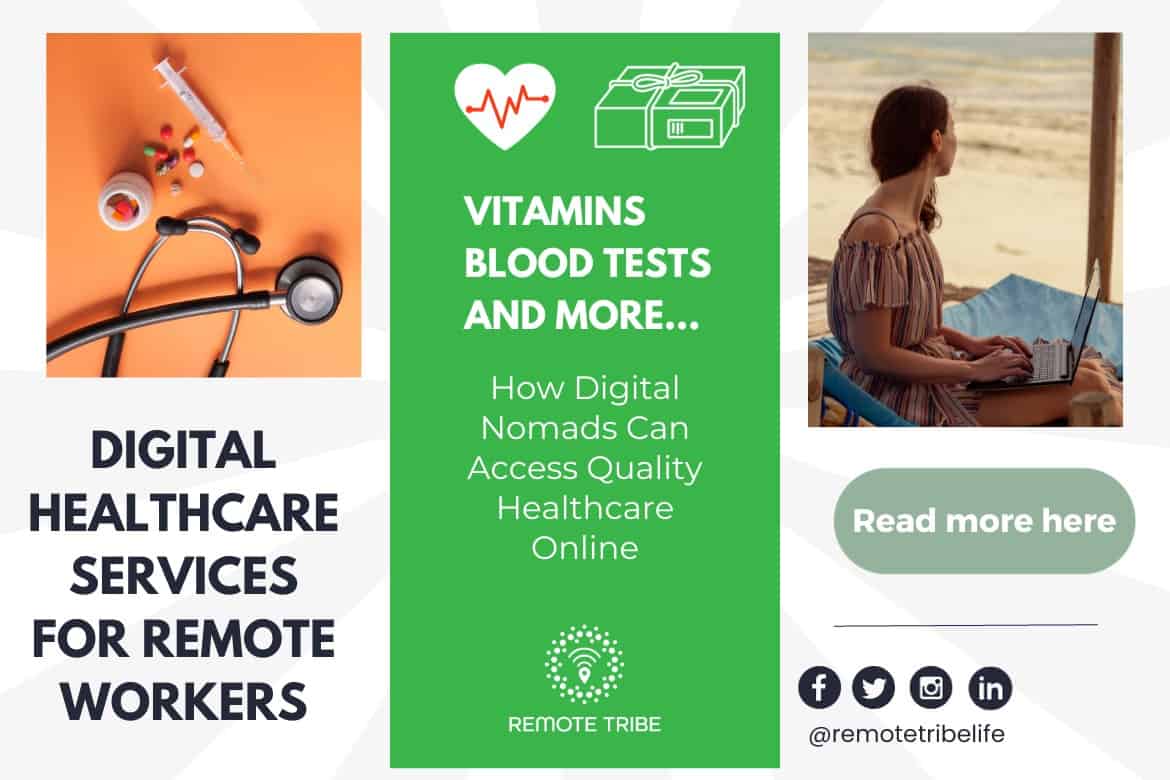Unlocking the Tricks of Subscription Based Healthcare for Better Patient Outcomes
Unlocking the Tricks of Subscription Based Healthcare for Better Patient Outcomes
Blog Article
Just How Subscription-Based Healthcare Is Changing the Clinical Industry

The Increase of Membership Health Care
Recently, the health care sector has observed a considerable shift in the direction of subscription-based models, mirroring broader consumer trends preferring convenience and predictability. This makeover is driven by the enhancing need for more obtainable and tailored treatment solutions. Subscription health care, occasionally referred to as concierge medication or straight medical care, uses clients a fixed month-to-month charge for a series of clinical solutions, dramatically modifying standard fee-for-service designs.
The increase of membership healthcare is facilitated by advancements in technology, which make it possible for structured communication in between people and service providers - subscription based healthcare. Digital platforms and telehealth services have actually ended up being essential, supplying people the capability to schedule consultations, gain access to clinical records, and obtain consultations online. This technical integration not just improves individual interaction but additionally allows carriers to provide more reliable care
Additionally, the membership version lines up with the advancing expectations of individuals that seek more control over their health care expenditures and experiences. By removing the changability of co-pays and insurance cases, subscription-based healthcare offers a clear and straightforward approach. While this version is obtaining grip, its proliferation deals with challenges such as regulatory obstacles and the necessity for broader acceptance within the standard medical care ecological community. Its growing presence marks a critical moment in the advancement of medical care distribution.
Advantages for Companies and patients
Subscription-based healthcare provides a wide range of benefits for both people and companies, reshaping the characteristics of healthcare. For clients, this version provides enhanced access to health care solutions. With a foreseeable monthly cost, people can enjoy unrestricted examinations, reduced wait times, and personalized treatment. This setup usually causes a much more positive strategy to wellness administration, enabling timely treatments that can protect against persistent problems from intensifying. The economic openness of subscription designs lowers the unpredictability connected with typical fee-for-service billing, relieving the concern of unexpected clinical expenses.
For doctor, subscription-based versions promote an even more rewarding and lasting practice. By securing a stable profits stream, suppliers can concentrate on delivering top notch treatment without the stress of volume-based solution. This version encourages longer patient consultations, promoting more powerful patient-provider connections and enhancing health end results. In addition, it supplies providers the flexibility to innovate and integrate precautionary and alternative care practices. Administrative jobs are commonly structured, lowering overhanging expenses and allowing providers to dedicate even more time to patient interaction. Overall, subscription-based healthcare straightens the motivations of individuals and service providers, advertising a much more patient-centered and reliable health care delivery system.
Trick Attributes of the Version
Often, the key functions of the subscription-based medical care model emphasize its distinct technique to supplying clinical services. Central to this design is the concept of predictable, regular monthly settlements, offering people a detailed series of services without the unpredictability of traditional fee-for-service frameworks. This model commonly consists of endless access to health care solutions, preventative care, and routine examinations, making certain that patients can involve with their doctor proactively as opposed to reactively.
Additionally, straight interaction channels, such as telemedicine and messaging systems, are stressed, permitting patients to obtain prompt advice and appointments without requiring in-person consultations. This boosts accessibility and benefit, especially for individuals with movement restrictions or those residing in remote locations. The version additionally promotes stronger doctor-patient connections, as doctor are incentivized to concentrate on lasting health end results instead of short-term brows through.
Additionally, subscription-based health care commonly integrates technical advancements, such as digital health and discover this info here wellness records and wellness tracking applications, to supply customized and effective treatment. Individuals profit from worked with and constant care monitoring, which is tailored to their particular health demands. Eventually, these features collectively create a patient-centered medical care experience, prioritizing access, expense transparency, and preventive treatment.

Challenges and Factors To Consider
While the subscription-based healthcare version uses numerous benefits, it is not without its difficulties and considerations. One significant difficulty is ensuring fair access. Membership versions may inadvertently prefer those with higher socioeconomic status, potentially expanding disparities in health care access for lower-income individuals that may fight with monthly costs. This raises ethical concerns regarding inclusivity and equity in medical care distribution. Read Full Article
Another difficulty exists in regulatory compliance. Subscription-based healthcare needs to navigate a complicated internet of laws that differ by area, including issues around individual privacy, information security, and state licensing needs. Ensuring compliance without hindering the design's flexibility and development can be daunting for companies.
In addition, there is the danger of overutilization or underutilization of services. Clients paying a taken care of charge may overuse services, leading to enhanced operational costs, while others might underutilize because of fear of burdening the system, potentially neglecting required care.
Future Potential Customers and Innovations
The landscape of subscription-based health care is poised for makeover through arising technologies and advancing leads. As technology remains to development, the combination of synthetic intelligence and artificial intelligence provides significant possibilities to boost diagnostic precision and enhance client management. Anticipating analytics can transform preventive treatment by determining potential health threats prior to they manifest, thereby minimizing both prices and the problem on healthcare systems.
In addition, telemedicine is readied to expand within registration designs, offering patients raised access to medical care experts no matter of geographical constraints. This not just assists in connection of care however also equips patients to involve more actively in their wellness management. Additionally, blockchain modern technology provides possible in securing individual information and making certain interoperability across systems, fostering count on and transparency.
Partnerships in between technology business and medical care providers are most likely to generate cutting-edge services, improving patient experiences and outcomes. As these leads materialize, subscription-based healthcare has the potential to redefine how treatment is provided and accessed.
Conclusion
Subscription-based health care is transforming the clinical sector by using a much more available, predictable, and patient-centered strategy to clinical services. This model boosts patient-provider partnerships, makes sure monetary transparency, and highlights preventive treatment with unlimited consultations and telemedicine. Despite challenges such as governing hurdles and possible differences in accessibility, the membership model holds assurance for a much more customized and effective healthcare experience. As modern technology developments, even more innovations are most likely to address existing difficulties and optimize medical care shipment.
Subscription medical care, in some cases referred to as attendant medication or direct primary care, supplies patients a fixed regular monthly charge for an array of medical solutions, dramatically altering traditional fee-for-service designs.
In addition, the subscription model aligns with the evolving expectations of individuals who seek more control over their healthcare costs and experiences. For individuals, this version provides improved accessibility to medical care solutions. On the whole, subscription-based medical care lines up the motivations of patients and suppliers, advertising an extra find more information patient-centered and effective health care shipment system.
In addition, telemedicine is established to increase within registration designs, offering clients boosted accessibility to health care experts regardless of geographical restraints. - subscription based healthcare
Report this page